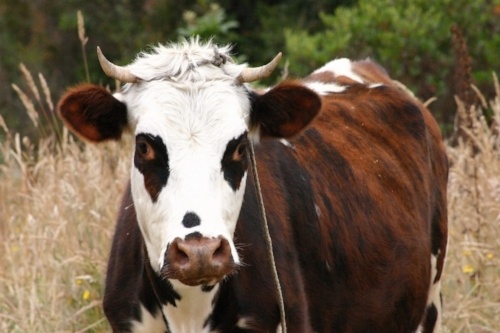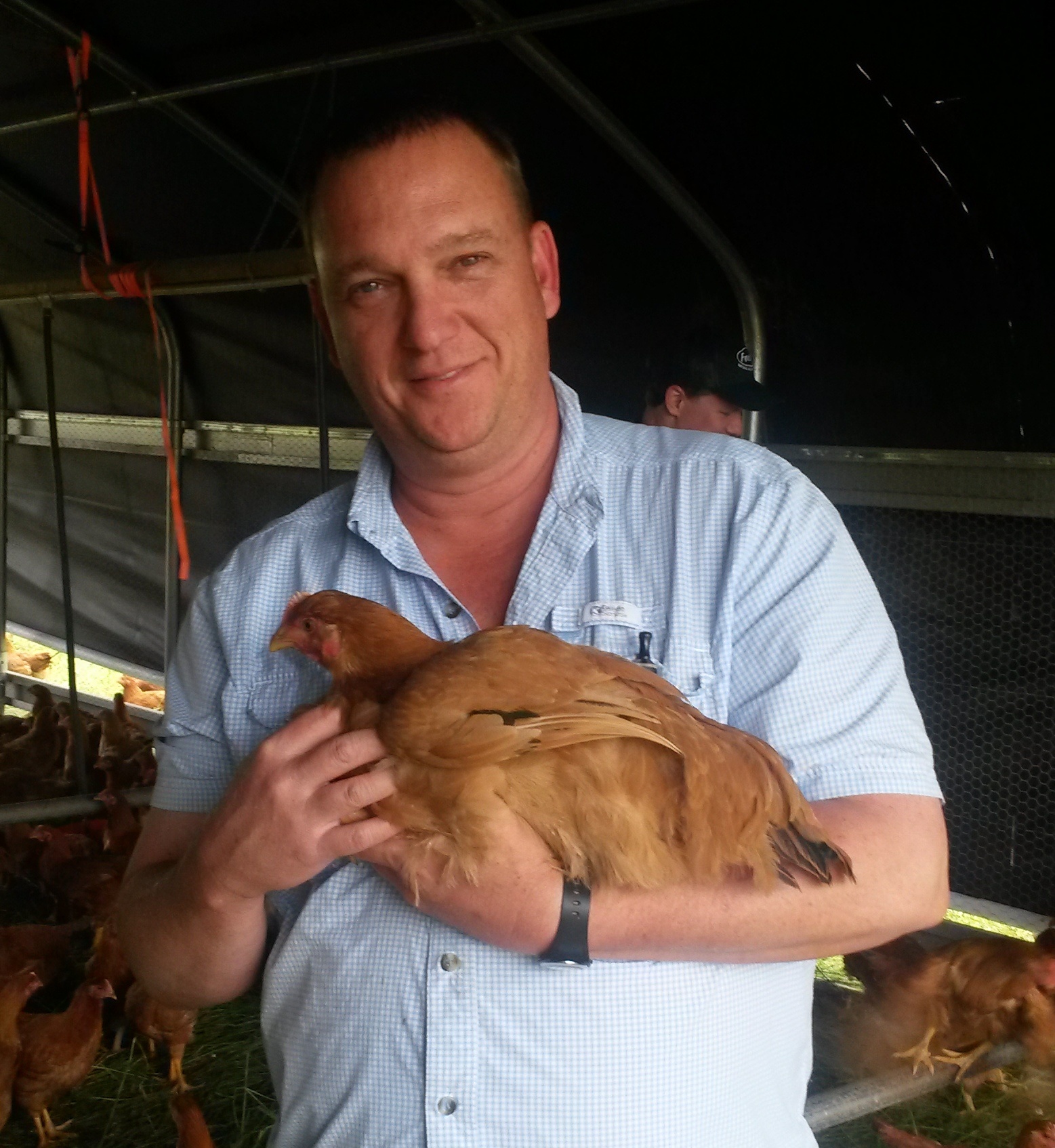Something that comes to mind every year during the winter months is molds and toxins in forages. During the spring, summer and early fall, I don’t need to think about these because the availability of pasture and fresh forages seem to negate the affects of stored feed molds and toxins. However, during the winter months when feeding all stored or fermented feeds, the affects of molds and toxins become much more prevalent because that is all that is being fed.
Often when I ask farmers if they would like to do a mold and toxin test, the response is “No, it looks fine” or “ I don’t see any so it should be OK”. Visual examination or smelling of the forages often leads us to believe there are no molds or toxins present. Surprisingly enough I have seen samples submitted to the lab that look and smell great! But, when the test comes back, the samples have tested positive for mold growth and toxin formation. Here, I am talking about a second cutting of dry alfalfa hay. It didn’t have any dust, mold or off smell. This year I saw a test of third cutting alfalfa-grass mixed dry hay that tested positive for toxin formation.
I am not suggesting you should test all forage every year. What I am suggesting is if you see one or more of the following symptoms, you should get your forages tested.
-Decreased Appetite or Feed Refusal
-Ketosis
-Displaced Abomasums
-Elevated Somatic Cell counts
-Increase of Mastitis occurrence
-Decreased Reproductive Performance
-Suppressed Immune system
-Retained placentas
-Stillbirths or Abortions
-Respiratory infection
What do you figure these illnesses cost you in treatment or lost production? Below are figures published by Cornell Cooperative Extension in 2002. These values are calculated based on conventional production values. What would the cost of Organic be? Double, of course!
Cost related to Conventional Organic
Health Problems Cost Estimate Cost Estimate
Milk Fever $334 $600
Ketosis $145 $300
Retained Placenta $285 $500
Displace Abomasums $340 $700
Source: Cornell Extension, Newsletter 2002
Do you know what a mold and toxin test cost? $40! I know most of the readers can do math because everybody is trying to save a nickel. But if you test 4 samples for mold and toxin, it will cost you $160; that’s the cost of just one ketosis case—money well spent! .
Another approach to consider is to choose to feed supplements anticipating the mold and toxins. A herd of 50 animals being fed Bentonite at 4 oz per day will cost $2.00 per day and if you feed it most of the winter (120 days) you will have spent $240.00 as “insurance” against mold and toxins. If you feed Bentonite or clay products when molds and toxins are NOT present, the clay particles will bind to beneficial nutrients rendering them useless and will become very expensive fertilizer. (Comment: are there associated costs with this scenario? Seems like one could be making the cows more vulnerable by feeding a supplement that takes nutrients away from the diet) I chose Bentonite because it is the cheapest mold and toxin binder on the market. The costs above are only associated with common health problems. What about Milk Loss, reduced Butterfat, and increased Somatic Cell Counts? How many premiums are you losing ? How many premiums leave the herd because of mold side affects?
Add up all your costs connected to Mold and Toxin. Then do yourself, your animals and your checkbook a favor; check for molds and toxins! And don’t just check the wet or ensiled feeds but check the dry hays as well.

